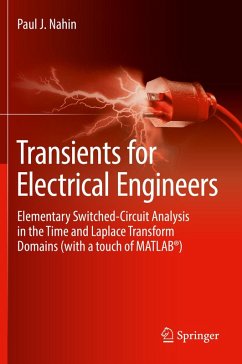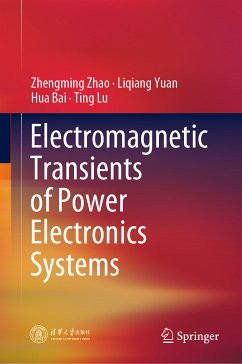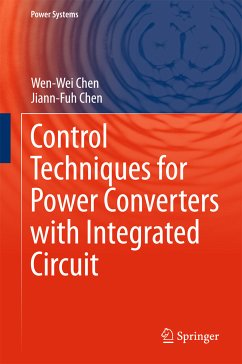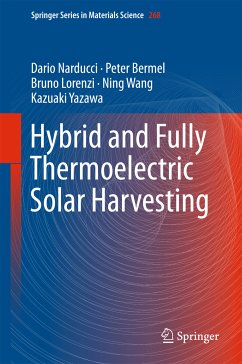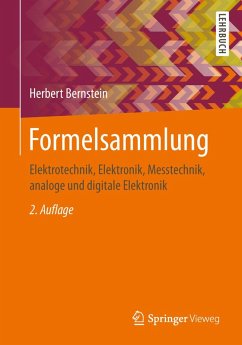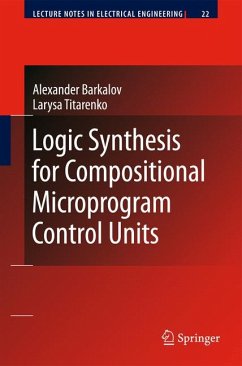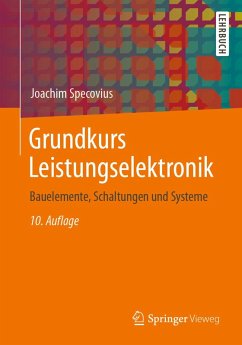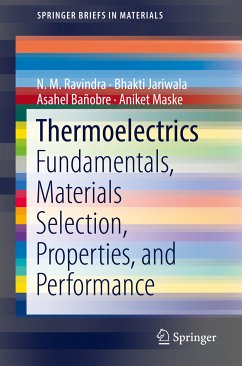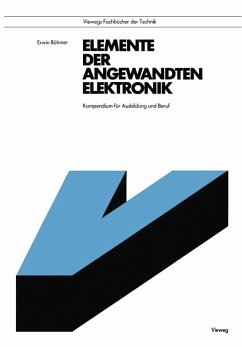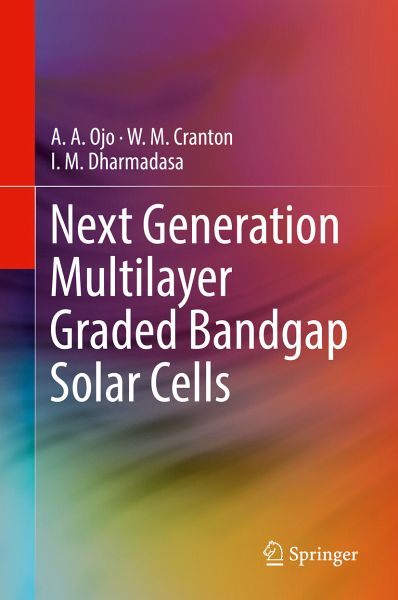
Next Generation Multilayer Graded Bandgap Solar Cells (eBook, PDF)
Versandkostenfrei!
Sofort per Download lieferbar
72,95 €
inkl. MwSt.
Weitere Ausgaben:

PAYBACK Punkte
36 °P sammeln!
This book will guide Photovoltaics researchers in a new way of thinking about harvesting light energy from all wavelengths of the solar spectrum. It closes the gap between general solar cells books and photovoltaics journal articles, by focusing on the latest developments in our understanding of solid-state device physics. The material presented is experimental and based on II-VI thin-film materials, mainly CdTe-based solar cells. The authors describe the use of new device design, based on multilayer graded bandgap configuration, using CdTe-based solar cells. The authors also explain how the p...
This book will guide Photovoltaics researchers in a new way of thinking about harvesting light energy from all wavelengths of the solar spectrum. It closes the gap between general solar cells books and photovoltaics journal articles, by focusing on the latest developments in our understanding of solid-state device physics. The material presented is experimental and based on II-VI thin-film materials, mainly CdTe-based solar cells. The authors describe the use of new device design, based on multilayer graded bandgap configuration, using CdTe-based solar cells. The authors also explain how the photo-generated currents can be enhanced using multi-step charge carrier production. The possibility of fabricating these devices using low-cost and scalable electroplating is demonstrated. The value of electroplating for large area electronic devices such as PV solar panels, display devices and nano-technology devices are also demonstrated. By enabling new understanding of the engineering of electroplated semiconductor materials and providing an overview of the semiconductor physics and technology, this practical book is ideal to guide researchers, engineers, and manufacturers on future solar cell device designs and fabrications.
- Discusses in detail the processes of growths, treatments, solar cell device fabrication and solid state physics, improving readers' understanding of fundamental solid state physics;
- Enables future improvements in CdTe-based device efficiency;
- Explains the significance of defects in deposited semiconductor materials and interfaces that affect the material properties and resulting device performance.
Dieser Download kann aus rechtlichen Gründen nur mit Rechnungsadresse in A, B, BG, CY, CZ, D, DK, EW, E, FIN, F, GR, HR, H, IRL, I, LT, L, LR, M, NL, PL, P, R, S, SLO, SK ausgeliefert werden.



